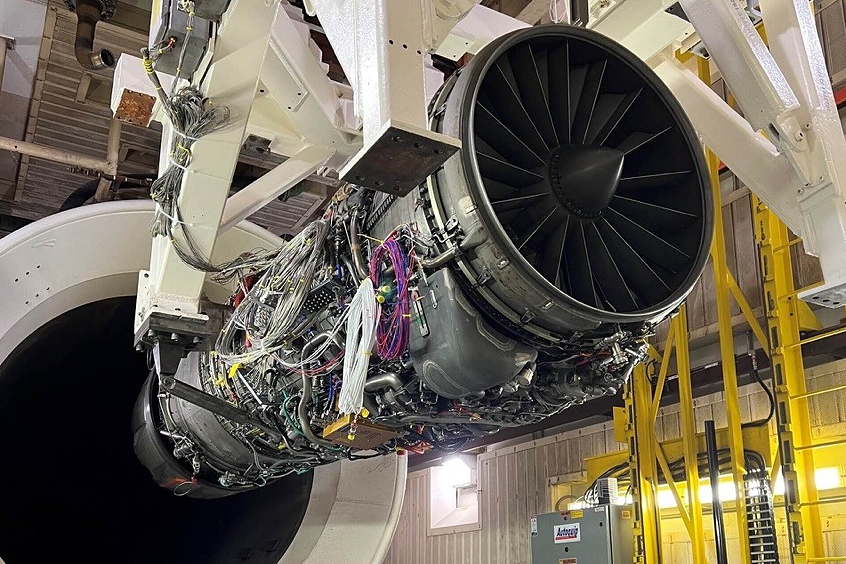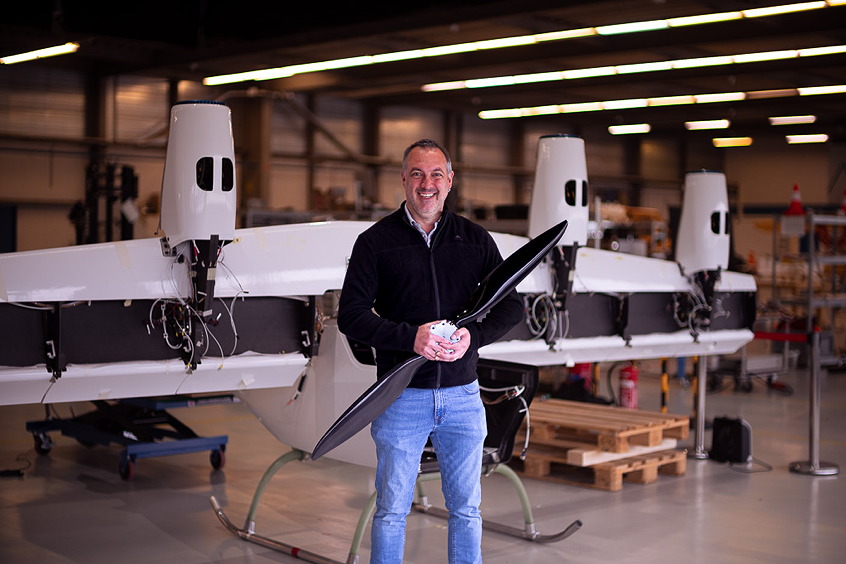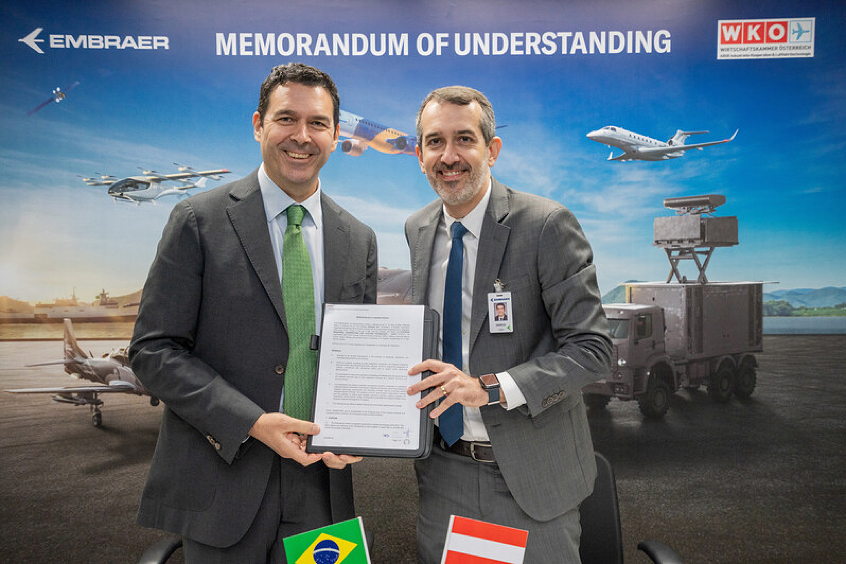The Japanese dream takes to the skies. The Mitsubishi Regional Jet (MRJ) is the first Japanese-made commercial jet in half a century. The date of the MRJ's first flight marks a red letter day not only for Japan, but also for MTU Aero Engines. The jet is powered by the PW1200G, a member of the PurePower® geared turbofan (GTF) engine family, which Pratt & Whitney has developed with Germany's leading engine manufacturer. This propulsion system has been selected for another four aircraft programs alongside the MRJ, in most cases as the exclusive engine choice: for the Airbus A320neo, the Bombardier CSeries, the second generation of Embraer's E-Jets, and Russian airframer Irkut's MC-21.
“Along with the V2500, the geared turbofans are the most important engines in our order backlog,” says MTU Chief Program Officer, Michael Schreyögg. “The PW1000G engines are therefore definitely a growth driver for MTU.” MTU has a 15 percent program share in the PW1200G for the Mitsubishi Regional Jet. The company develops and manufactures the complete high-speed low pressure turbine, the first four stages of the high pressure compressor and takes responsibility for 30 percent of the worldwide final assembly of the geared turbofan engines for the A320neo.
The geared turbofan technology is the foundation of this engine family. Unlike conventional engines, the fan is no longer driven directly by the low pressure turbine. An inserted gearbox allows the fan with its large diameter to rotate more slowly and the turbine to rotate much faster. This lets the individual components achieve their respective optimum speed and greatly boost the geared turbofan's efficiency. The result is a significant reduction in fuel consumption, emissions of carbon dioxide and noise; moreover, the propulsion system is much lighter than a conventional engine as it has fewer compressor and turbine stages, and hence a lower parts count. “The low fuel consumption and noise emission levels are the major reasons why the GTF engine family will play a dominant role in the market,” says Rainer Martens, Chief Operating Officer at MTU. “We have invested heavily into the ramp-up of production and delivery of the components from MTU's work share, but we are very well positioned to accomplish these tasks.”
The Japanese aircraft manufacturer Mitsubishi Aircraft Corporation has developed two variants of the jet. The MRJ90 can accommodate up to 90 passengers, depending on its configuration, whereas the smaller MRJ70 will seat around 70 people. Together, the two versions have so far notched up 223 firm orders and an additional 192 options. The market launch and first deliveries to the customers are planned for 2017.
| Contact details from our directory: | |
| MTU Aero Engines | Compressors, Engine Parts, Additive Manufacturing, Final Assembly, Turbine Engine Starters, Combustion Test Services, Turbine Engine Blades, Turbine Engine Vanes, Blisks, Fuel Cells |
| Related directory sectors: |
| Engine Components |
Weekly news by email:
See the latest Bulletin, and sign up free‑of‑charge for future editions.

Amprius and Stafl team up for battery pack innovation

RISE engine efficiency project gains momentum

Dufour picks Mejzlik propeller blades for the Aero2
